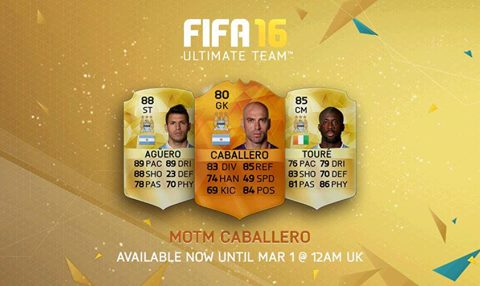
No player has yet toppled that mark, although Germany's Lothar Matthaus did equal it in 1998. He was still tending El Tri's goal 12 years later as Mexico won their first ever World Cup match, however, and in 1966 he became the first player in history to appear in five different World Cup tournaments. His debut for Mexico came in the opening match of the 1950 World Cup as hosts Brazil ran riot with a 4-0 win at the Maracana. It is fair to say that Antonio Carbajal had a baptism of fire on the international stage. Antonio Carbajal (1950-66, 48 caps, no goals) During that tournament, he netted one of only two goals El Tri managed in a disappointing showing in Brazil.ĥ. He went on to help Atlante win the 1947 Mexican title later in his career before featuring in his first World Cup in 1950. Livid at the treatment of their star player, Necaxa fans proceeded to burn Asturias' wooden stadium in retaliation. Like Fuente, Casarin spent a small part of his career in Spain, turning out for Catalan giants Barcelona.ĭuring a spell with Necaxa in 1939, Casarin was subjected to merciless physical abuse during a match against Asturias, eventually being forced to leave the pitch after just 20 minutes. Horacio Casarin (1937-56, 16 caps, 15 goals)Īnother player with relatively few caps compared to others on this list, Horacio Casarin also endeared himself to the Mexican public during the 1940s and '50s. Nicknamed 'The Pirate', the International Football Federation of History and Statistics (IFFHS) named him the second-best Central and North American player of the 20th century.Ħ. Renowned as a complete player with two good feet, impeccable technique and natural athleticism, Fuente became the first Mexican player to play in four different countries, including an impressive stint in La Liga that only came to an end due to the Spanish Civil War.ĭespite his meagre number of caps, Fuente's international goalscoring record is still an impressive one, and he was a standout performer in El Tri's unsuccessful attempts to reach the 1934 World Cup. However, the midfielder left an indelible mark on Mexican football history, so much so that a stadium was named after him in his home town of Veracruz. Luis de la Fuente (1934-50, nine caps, seven goals)Ĭompared to Suarez's haul above, Luis de la Fuente's tally of just nine international caps looks like a rather measly one. In all, he made more than 550 club appearances in a 21-year career before finally announcing his retirement in 2009.ħ. Nicknamed 'The Emperor', Suarez spent the twilight of his club career in the MLS with Chivas USA having turned out for three different teams in his native Mexico before that. He was also included in three World Cup squads from 1994 to 2006. Unsurprisingly, such a long international career saw him play a major role in Mexico's success during that period as he helped the team to three Gold Cup titles - in 1993, 19 - as well as the 1999 Confederations Cup. The defender's mammoth haul of 178 caps is second only to Egypt's Ahmed Hassan, who amassed a whopping 184 between 19. When it comes to international experience, only one man in the history of football can top Claudio Suarez. Individually, he was named Mexico's Player of the Year in consecutive seasons, picking up the award in 20.Ĩ. His time on the international stage saw him pick up the Gold Cup in 2003 and feature in both the 20 World Cups. He went on to break the international record too, with his overall tally of 46 goals representing the highest in the history of El Tri. The brief spell in Lancashire came in the latter stages of his career, however, by which point he had already become the highest goalscorer in the history of Mexican side Santos Laguna.

His move to the Reebok Stadium in 2005 made him the first Mexican in English football, but he only managed seven goals in his 32 appearances for the Trotters. Jared Borgetti (1997-2008, 89 caps, 46 goals)īolton Wanderers fans may struggle to believe it, but Jared Borgetti forged a formidable reputation as a clinical striker throughout his 11-year international career.

Individually, he was named Mexico's Player of the Year in 19.ĩ. The striker was also part of the team that won the 1999 Confederations Cup title as El Tri became the first and so far only CONCACAF nation to win a recognised FIFA tournament.Ī journeyman at club level, Hernandez spent most of his time in his native Mexico but did also venture to Boca Juniors in Argentina and Los Angeles Galaxy in the USA. He remains Mexico's highest-ever scorer at the World Cup, while his overall tally of 35 goals for his country makes him the joint third-highest scorer in their history.


 0 kommentar(er)
0 kommentar(er)
